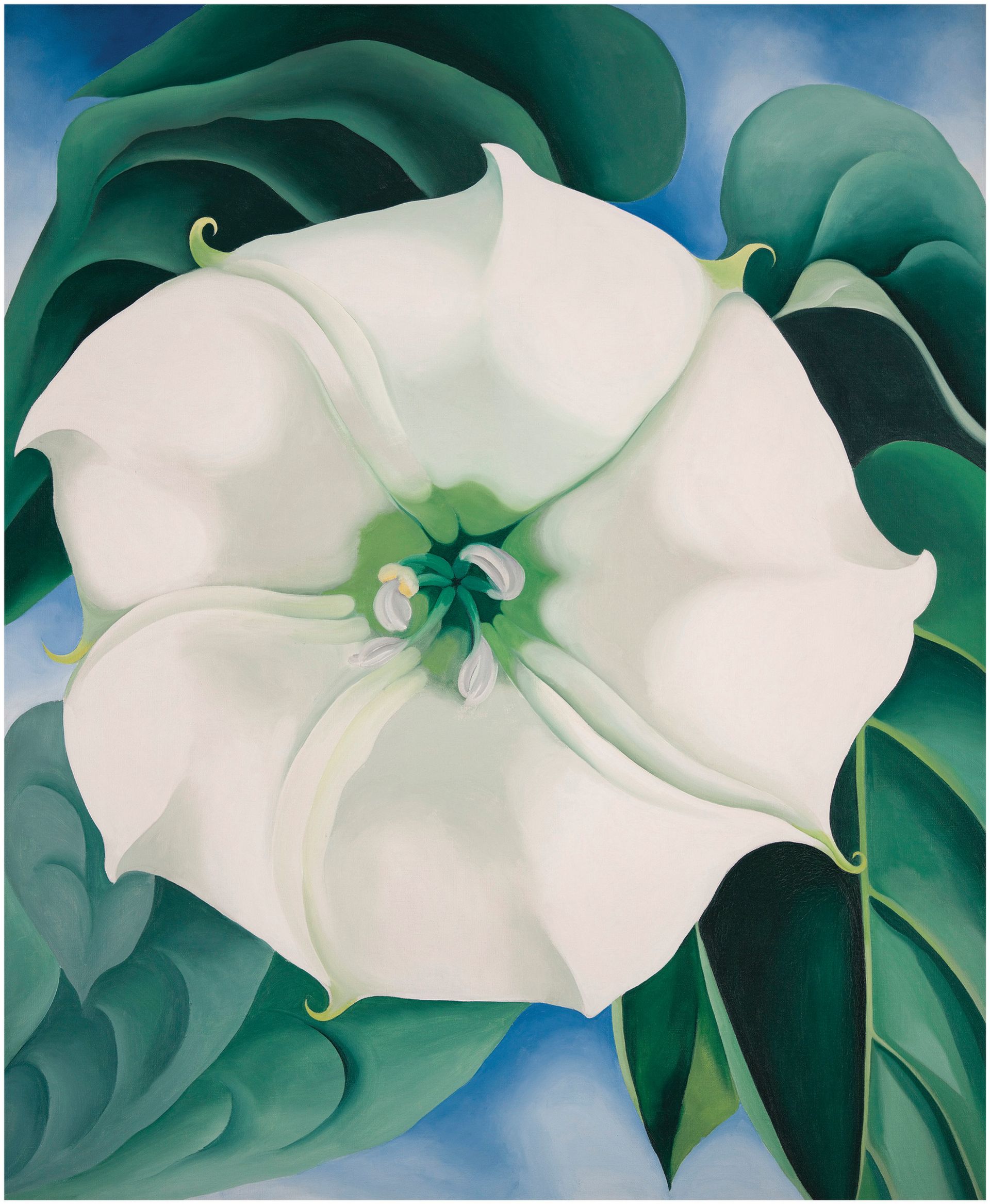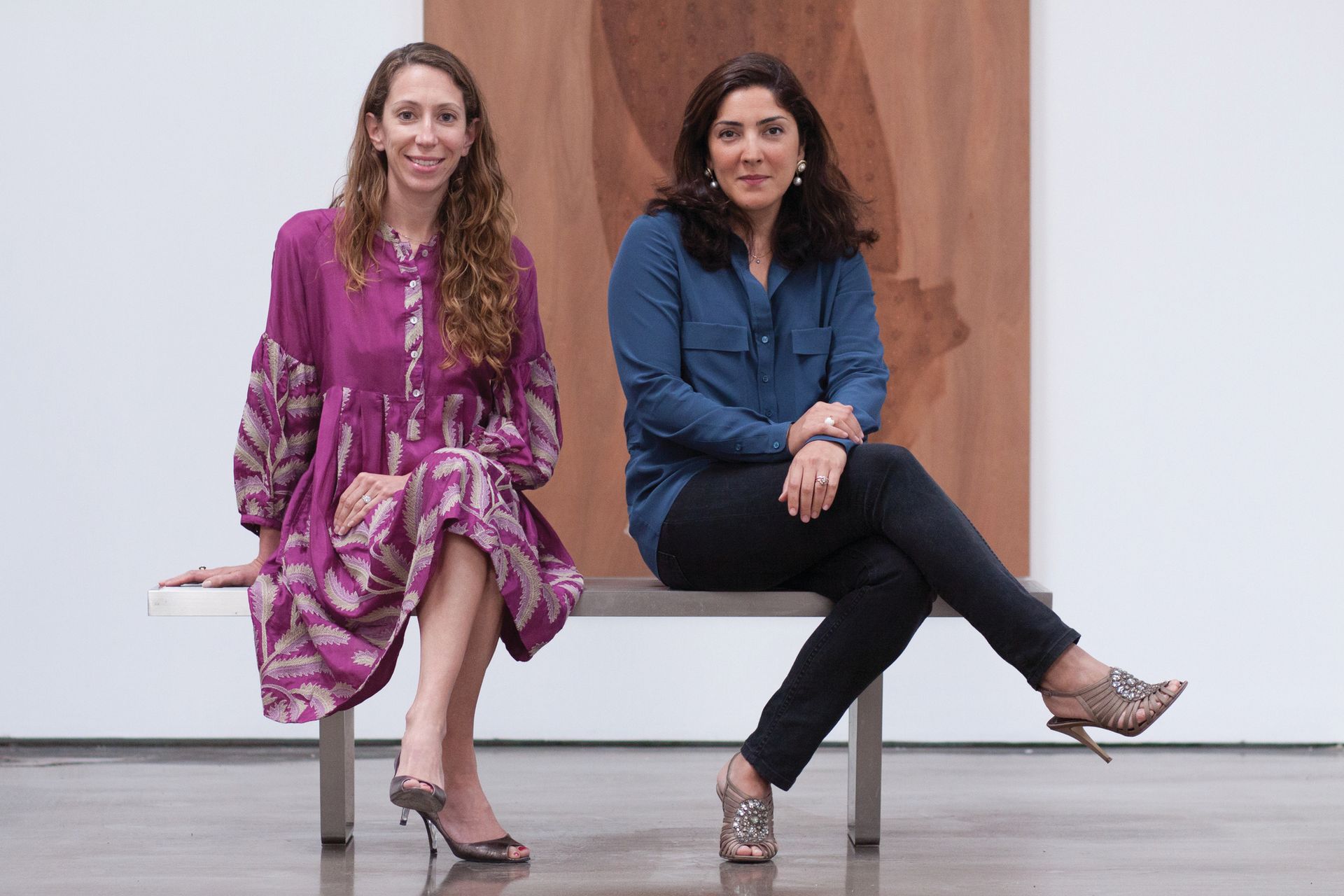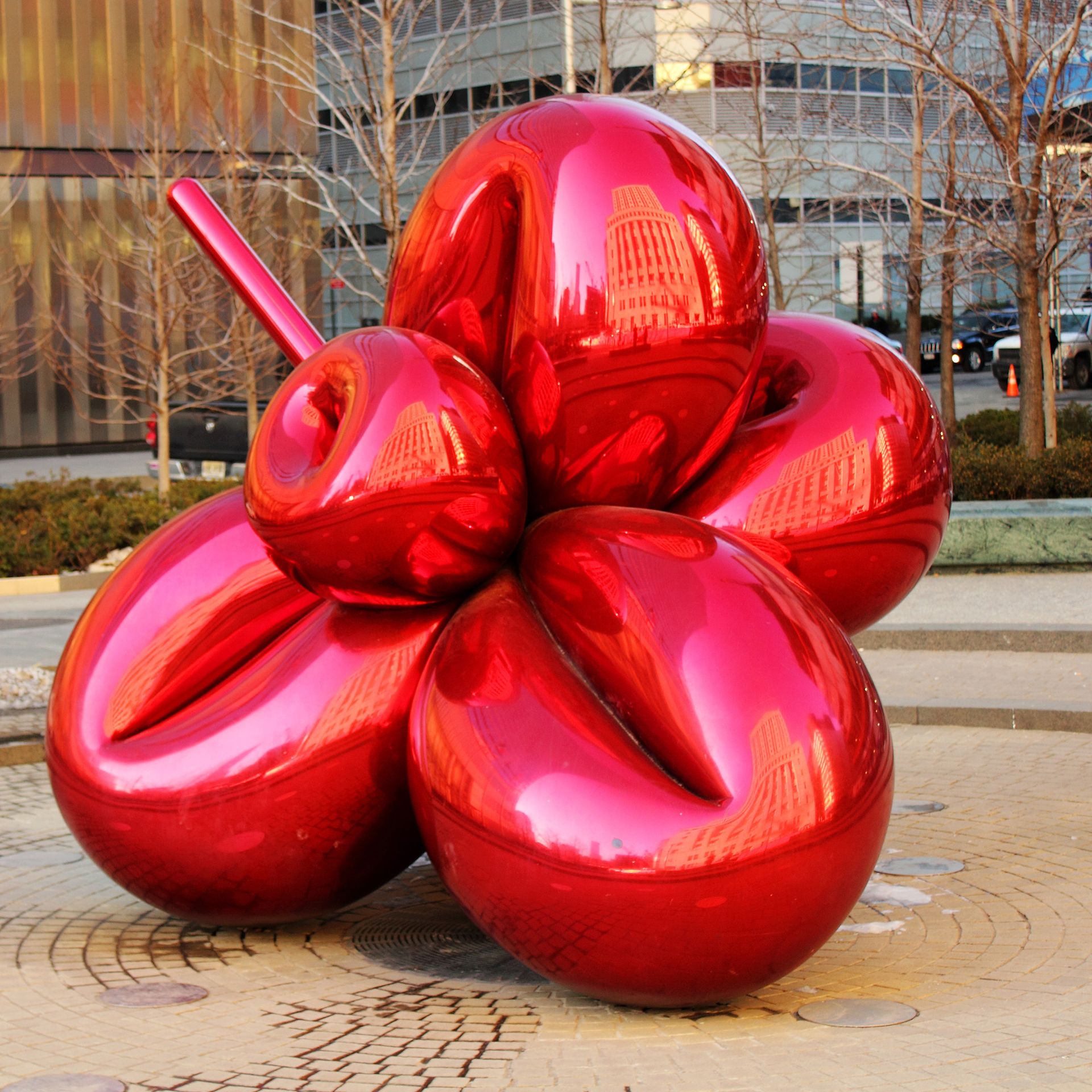Private museums are multiplying in Europe, the US and Asia, and they are coming under the scrutiny of the Guerrilla Girls, the activist collective and self-styled “conscience of the art world”, which is in London this week.
“There’s a growing proliferation of private museums put together by billionaire art collectors, and they’re really to protect their very expensive spending habits in the arts,” says Frida Kahlo, one of the founding members of the US-based collective, which has protested against inequality in the art world since 1985. She spoke to us ahead of the group’s first dedicated UK show at the Whitechapel Gallery (Is It Even Worse in Europe?, until 5 March 2017). The collective has a week-long residency at Tate Modern’s new Tate Exchange space (Complaints Department, until 9 October) and members are also in London, Kahlo says, for Frieze.
Despite their aversion to art fairs, a number of Guerrilla Girls are planning to visit the fair, which opens to VIPs today, because it’s the “belly of the beast”, Kahlo says. “I don’t think we’re the only people in the art world who are worrying about the future of museums developing in the hands of oligarchs.”
Among the institutions opened by wealthy collectors in the past three years are the Fondation Louis Vuitton in Paris (Bernard Arnault), the Garage Museum in Moscow (Dasha Zhukova) and the Broad in Los Angeles (Eli and Edythe Broad). Their names, and many more, feature on a banner now covering the façade of the Museum Ludwig in Cologne as part of the Guerrilla Girls’ commission for the institution’s 40th anniversary exhibition, We Call It Ludwig (until 8 January 2017). The project was inspired by the museum’s roots in the private collection of the German chocolate manufacturer Peter Ludwig, which the artist Hans Haacke critiqued in his 1981 exhibition Der Pralinenmeister (the chocolate master).
The banner and an accompanying video state “the advantages of owning your own art museum” with the Guerrilla Girls’ characteristic deadpan humour. Their statements include: “You decide what art the museum collects and exhibits—under the influence of a cartel of multinational galleries and auction houses who manipulate and define today’s art market!” and “Your huge donations get you huge tax breaks, while people think you’re an incredibly generous philanthropist!”
By focusing on the disproportionately white and male artists most prized by the market, private museums’ collections fail to represent the diversity of contemporary art production and art history, Kahlo says. “As art becomes more of an instrument of capitalist investment, marginalised groups become less important. What kind of a story can be told by art that costs the most and that’s chosen by a handful of homogeneous people?”
Going Guerrilla: the gender (im)balance of Frieze week We did our own Guerrilla Girls-style survey of how women are faring during Frieze week. We looked at the exhibitions at public and commercial galleries in London and checked out the glass ceiling inside the Frieze London tent. It seems that we still have a way to go to reach gender equality.

How many women have solo shows in London this week?
From Parreno to Gormley, Nauman to Ondak, London has no shortage of shows featuring male artists. According to our listings, 67% of solo shows of Modern and contemporary art are by men. Women get 33%

How many Frieze galleries were founded by women?
Around 54% of the galleries at Frieze London were founded or co-founded by women. Of the five galleries with Middle Eastern spaces at the fair, all have female founders or co-founders (including Claudia Cellini and Sunny Rahbar, right).

How many women do the leading galleries represent?
We sampled ten leading galleries at Frieze and found that, on average, 28% of their artists are female. The gallery with the highest proportion of women is Hauser & Wirth (34%). The artists exhibited by Gagosian Gallery (including Jeff Koons) are 84% male.

